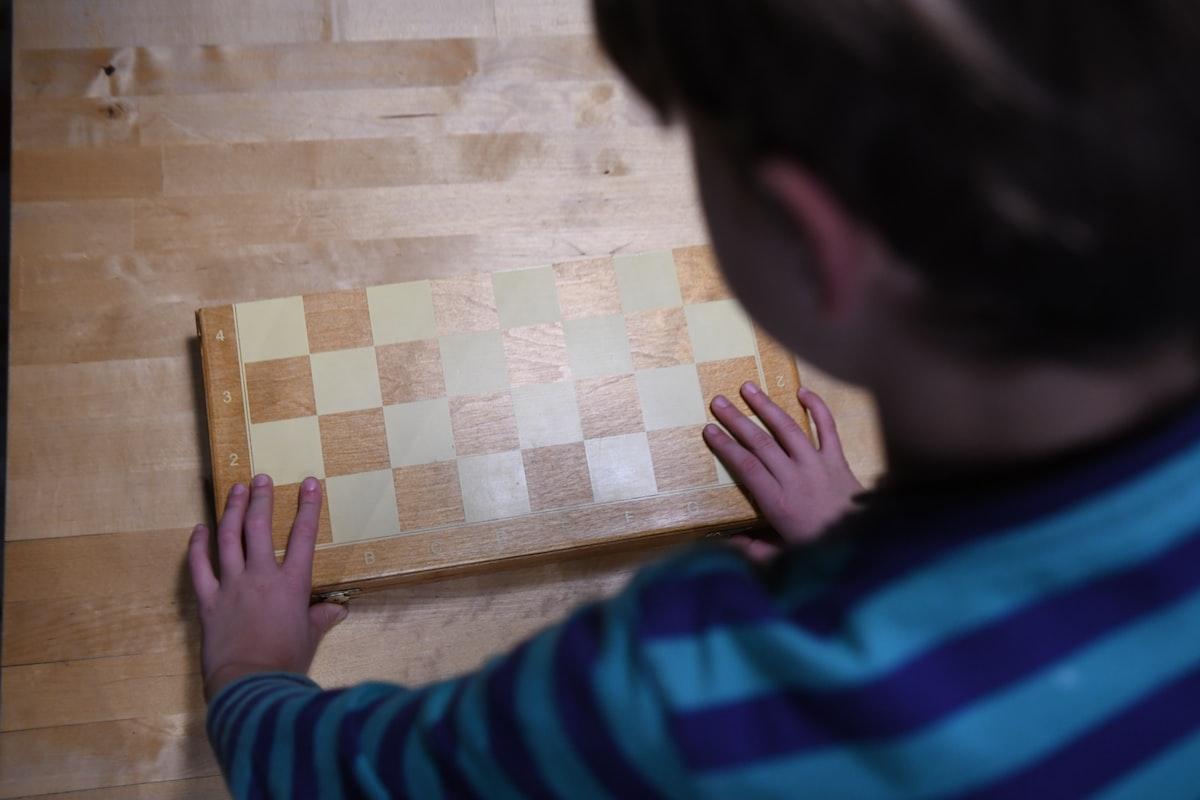Chess is a game that requires a lot of strategic thinking and analysis, but it’s not just about making the right moves – it’s also about managing your time effectively. Time control is a crucial element of chess, and using a chess clock is an essential tool for players looking to improve their game. A chess clock not only adds an extra level of excitement and challenge to the game, but it also helps players avoid making impulsive moves or running out of time before they’ve had a chance to develop their strategy. In this article, we’ll explore the ins and outs of chess clocks and provide you with expert tips and strategies to help you make the most of your time on the board.
Maximize Your Game: Using a Chess Clock

Before we dive in, let’s take a moment to understand what a chess clock is. Simply put, a chess clock is a device used to track the time that each player takes to make their moves during a game. There are two main types of chess clocks: analog and digital. Analog clocks feature two separate timers that operate on a mechanical mechanism, while digital clocks use electronic components to keep track of time. The key features of a standard chess clock include the ability to set time limits, options for time controls such as increment and delay, and a way to indicate which player’s turn it is.
Setting Up Your Chess Clock: How-to Guide

To set up a chess clock correctly, you need to start by deciding on the time limit for the game. This could be a fixed amount of time for the entire game, or it could be divided into two separate time periods for each player – this is known as time control. There are different time controls available, such as the classical control, which gives each player a set amount of time for the whole game, or the Fischer clock, which adds a certain number of seconds to the player’s time for each move made. Once you’ve decided on the time control, you can then set the clock accordingly. Make sure you understand the specific rules for the game you’re playing, as this can affect how the clock is set up.
How to Use a Chess Clock in Game Play
When it comes to using a chess clock in game play, it’s crucial to know how to start and stop the clock. The general rule is that the clock is started when the first move is made, and then it’s the responsibility of each player to press their side of the clock after completing their move. It’s important to note that the clock is only stopped when the player has completed their move by releasing the piece they have touched. There are different rules and regulations regarding the usage of a chess clock, depending on the specific game you’re playing. Be sure to familiarize yourself with these rules to avoid any misunderstandings during a match. Additionally, there are several tips and tricks to use a chess clock effectively, such as planning your moves in advance, not rushing your moves, and using your opponent’s time to your advantage. By mastering the usage of a chess clock, you can improve your game and become more confident and strategic in your play.
Avoiding Common Mistakes in Chess Clock Use
However, there are some common mistakes that players make when using a chess clock. For example, some players forget to press their side of the clock after making a move, or they accidentally press it twice, wasting valuable seconds. Another mistake is not keeping track of your opponent’s time and taking too long to plan your moves, causing you to run out of time. To avoid these mistakes, it’s important to stay focused and aware of the clock at all times during the game. A useful tip is to practice using a chess clock regularly, either by playing against a friend or using it during chess puzzles or exercises. By becoming more familiar with the clock, you can increase your confidence and competence on the board, leading to better game play and improved chess skills.
Chess Clock Mastery: Top Tips & Mistakes to Avoid
In conclusion, mastering the usage of a chess clock is an essential aspect of improving your game and increasing your chances of success on the board. By understanding the different types of clocks available, and familiarizing yourself with the rules and regulations surrounding time control, you can begin to optimize your use of the clock to your advantage. Utilizing tips and strategies, such as planning your moves in advance and using your opponent’s time, can also help improve your game play. Additionally, avoiding common mistakes, practicing regularly, and staying focused on the clock can help you become more confident and skilled in your play. With these skills and knowledge under your belt, you’ll be well on your way to becoming a successful and strategic chess player.
Chess Clock FAQ: Tips & Common Mistakes
What is a chess clock?
A chess clock is a device used to track the time that each player takes to make their moves during a game.
What are the different types of chess clocks?
There are two main types of chess clocks: analog and digital.
What are the key features of a standard chess clock?
The key features of a standard chess clock include the ability to set time limits, options for time controls such as increment and delay, and a way to indicate which player’s turn it is.
How do I set up a chess clock?
To set up a chess clock correctly, you need to start by deciding on the time limit for the game. This could be a fixed amount of time for the entire game, or it could be divided into two separate time periods for each player – this is known as time control.
How do I use a chess clock in game play?
The general rule is that the clock is started when the first move is made, and then it’s the responsibility of each player to press their side of the clock after completing their move. It’s important to note that the clock is only stopped when the player has completed their move by releasing the piece they have touched.
What are some common mistakes to avoid when using a chess clock?
Common mistakes include forgetting to press your side of the clock after making a move, accidentally pressing it twice, not keeping track of your opponent’s time, and taking too long to plan your moves.
How can I improve my chess clock skills?
Practice using a chess clock regularly, familiarize yourself with the rules and regulations surrounding time control, and utilize tips and strategies, such as planning your moves in advance and using your opponent’s time to your advantage.